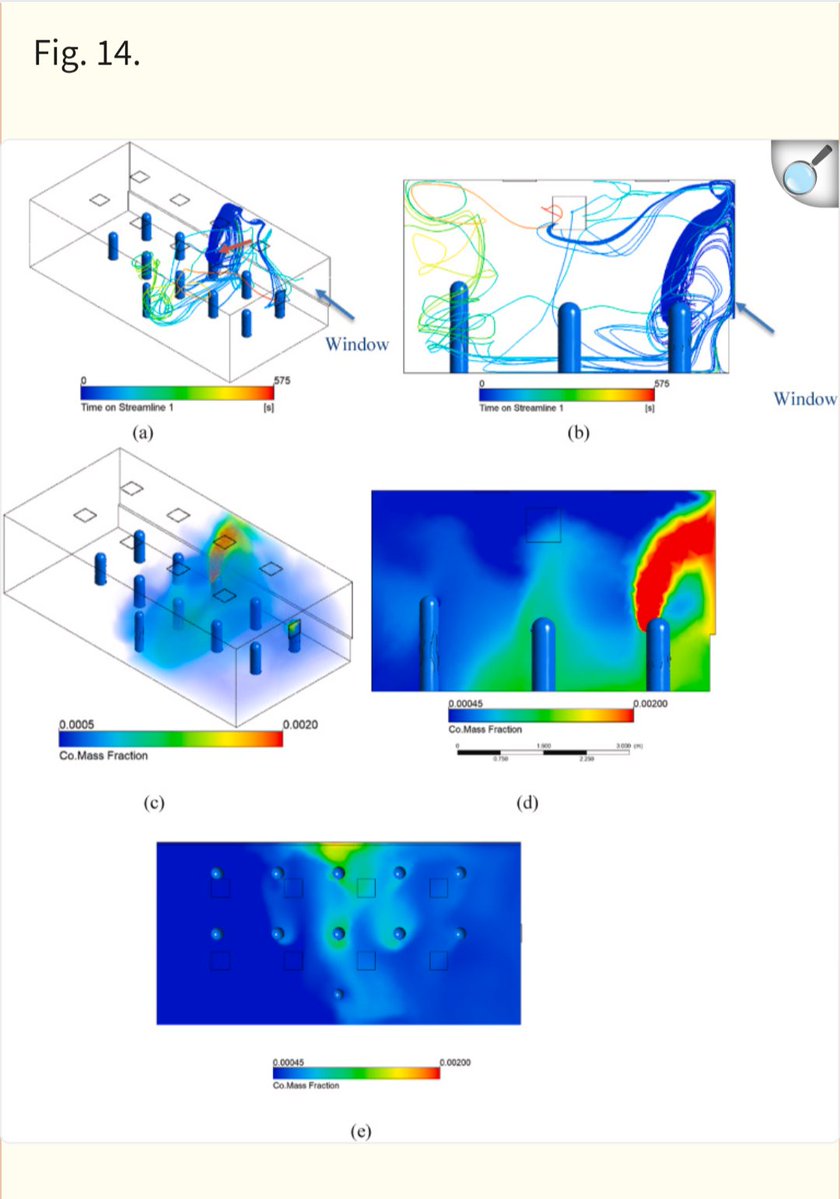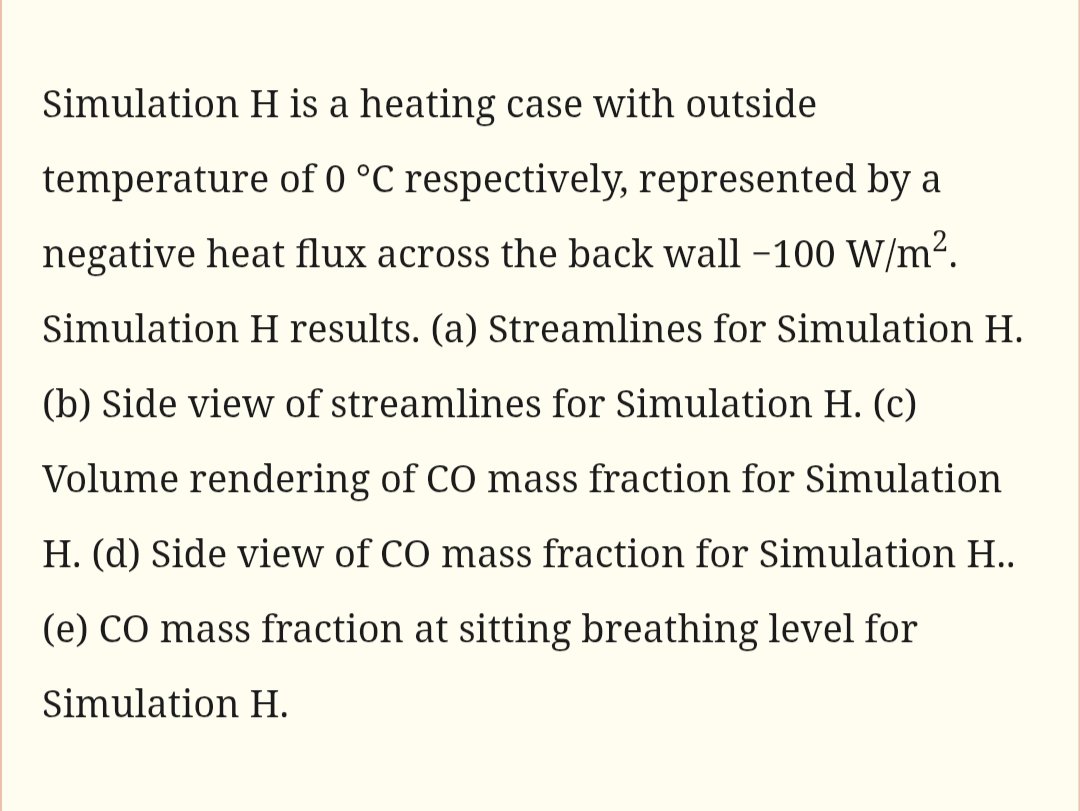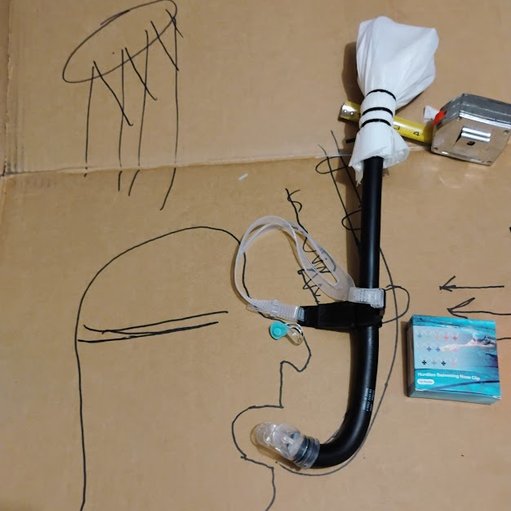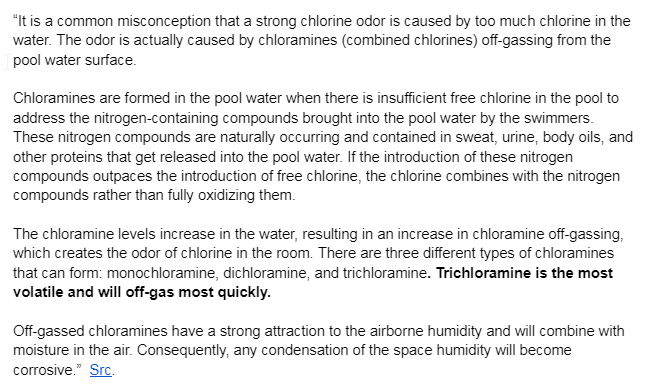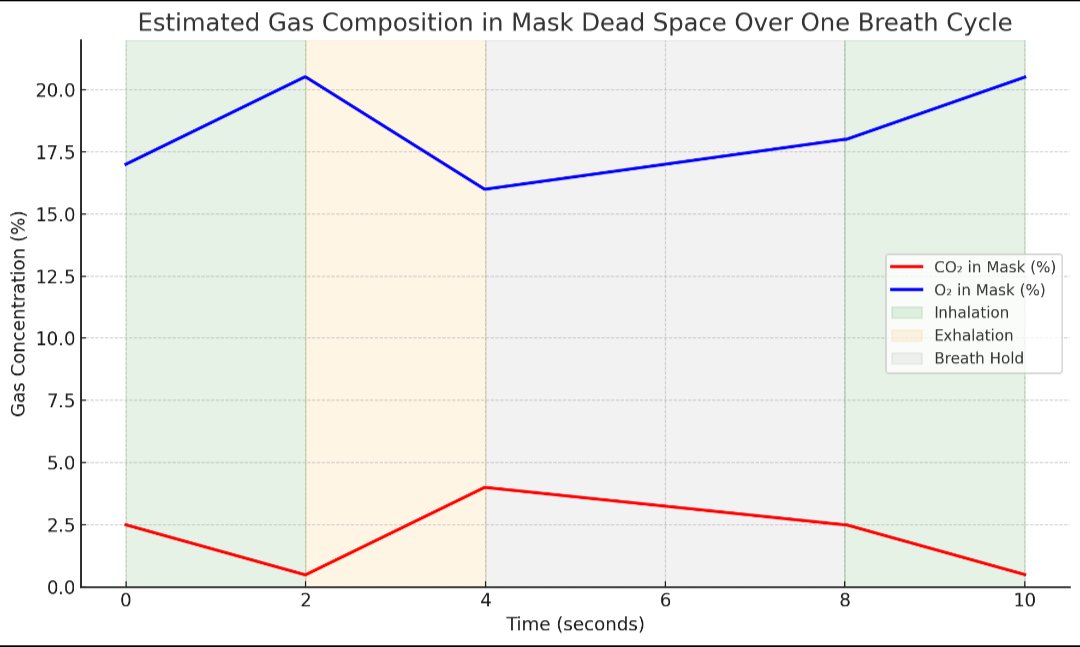Turns out that India's life insurance markets are getting hit, too.
Mortality claims rose to
1.085 million in 2025
1.009 million in 2024
623,000 in 2020.
This is between 2020 and 2025. Something started then and is still going on....
/1
Mortality claims rose to
1.085 million in 2025
1.009 million in 2024
623,000 in 2020.
This is between 2020 and 2025. Something started then and is still going on....
/1

Something still going on....
Turns out that C0V1D is still going on. Refreshing to read that in black and white.
Turns out that C0V1D is still going on. Refreshing to read that in black and white.

• • •
Missing some Tweet in this thread? You can try to
force a refresh



